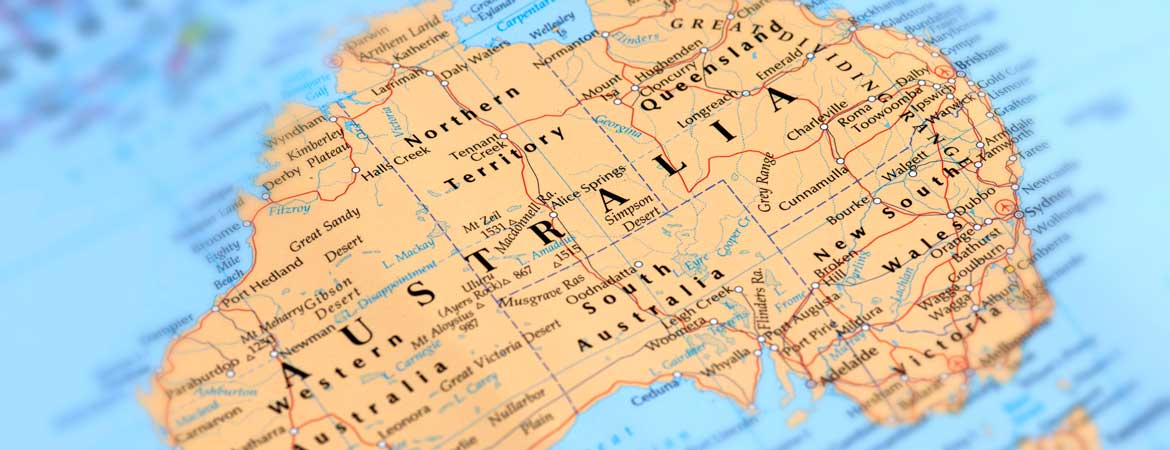A brief history of superannuation in Australia
23 June 2022
5
min read
Superannuation, or ‘super’, aims to help keep us financially secure when we move into a post-work lifestyle, and has been a crucial part of Australian lives for more than 100 years.

To help understand the current state of super, it’s helpful to look at the history of superannuation in Australia and understand how our retirement income system compares to others around the world.
Superannuation begins to develop
Laying the foundations for retirement living in Australia, the Aged Pension started in 19091. At this time, the Aged Pension was approximately £26 per year. Before this was introduced, anyone who wasn’t working had to fund their own retirement.
In 19151, the Income Tax Assessment Act made the investment earnings of superannuation savings – for those who had it – tax-free, and employer contributions tax-deductible.
The first national survey of superannuation coverage in Australia, conducted in 1974, revealed 32% of the workforce were covered by super, mostly men.1
Changes from the 1980s
In 1983, the Bob Hawke Labor Government expressed support for the principles of employee superannuation and in 1986 it joined with the Australian Council of Trade Unions (ACTU) in seeking a universal 3% superannuation contribution by employers to be paid into an industry fund, in lieu of a wage rise for workers. This “accord” was endorsed by the Conciliation and Arbitration Commission February 1986.1
By 1988, 51.3% of Australian employees were covered by super, rising to 64% by 1990.1
Progress from the 1990s
From 1991, the Superannuation Guarantee (SG) was introduced. This compulsory superannuation system ensured Australian employers paid their employees’ super, boosting super coverage to 80% by 1993.1
Super coverage continued to rise from the 1990s, and in the 2000s Australians were able to choose their own super fund, and were given the opportunity to transition to retirement.
The SG increased to 11% from 1 July 2023.
1. Parliament of Australia, Chronology of superannuation and retirement income in Australia, accessed 7 June 2022, at aph.gov.au